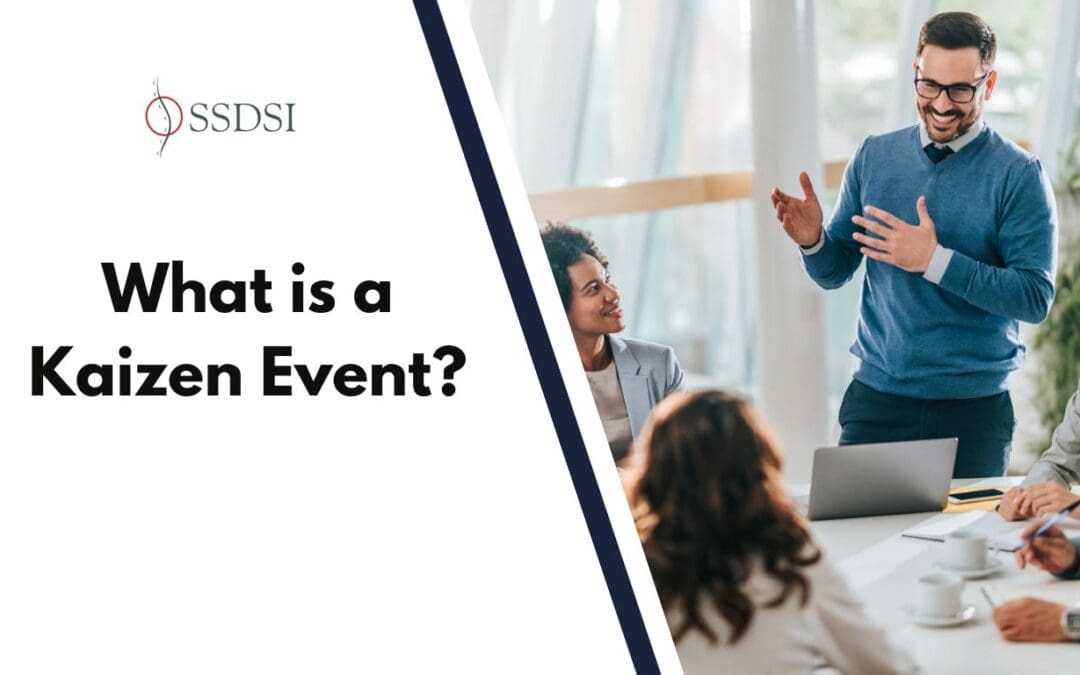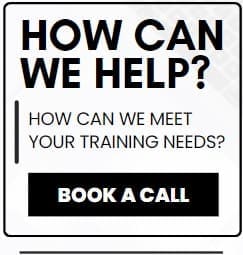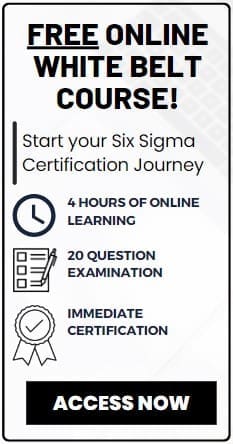What is a Kaizen Event?
A LEAN Kaizen Event is normally a five-day team workshop that focuses on a specific goal or set goals for an area of improvement and then elaboration steps. The event will be led by an experienced LEAN practitioner and include data collection, brainstorming, and implementation. The Kaizen team will prepare a follow-up plan and perform a report to the stakeholders on the last day of the event.
Kaizen is a Japanese term that means “continuous improvement” or “change for the better.” It is a philosophy or approach that emphasizes making small, incremental improvements to processes, products, or systems over time. Kaizen originated in Japan and is often associated with the manufacturing and business practices that contributed to the success of Japanese industries.
The key idea behind kaizen is to foster a culture of continuous improvement where employees at all levels actively contribute suggestions for improvement. These improvements can be related to efficiency, quality, safety, and other aspects of an organization’s operations. Kaizen promotes the belief that small, gradual changes, when consistently applied, can lead to significant improvements over the long term. It has been widely adopted in various industries around the world as a management philosophy and methodology for achieving excellence and innovation.
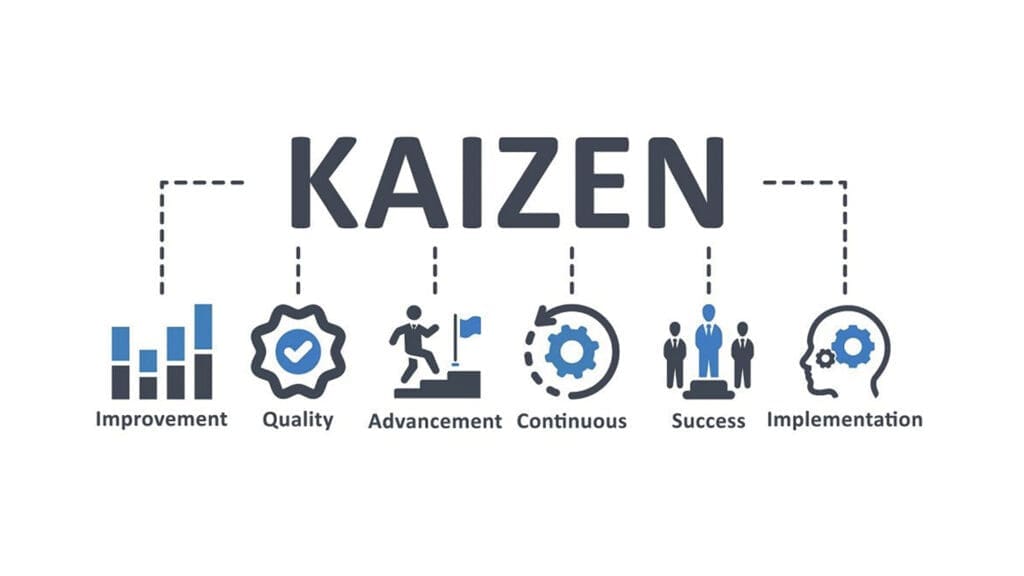
What are the Benefits of Kaizen Event?
- Training: Kaizen is a way to think that your company has created a culture of continuous improvements. However, new members of the team may not be familiar with the language and tools for continuous improvement. Kaizen Events are a great way to introduce new members to tools and methodologies such as LEAN, Six Sigma, DMAIC, PDCA, and 5-Whys.
- Better Teamwork: Most Kaizen Events require cross-functional collaboration. When work is moved from one functional area, process problems are common. Therefore, it is important to bring people from different departments together to improve them. Collaboration is crucial before an event. It helps to define the scope of the project and plan how it will be carried out. Clear communication and active listening are essential skills for team members.
- Problem Discovery: When the team starts to examine one process or problem, participants will have an excellent chance to uncover additional improvement opportunities. While it is critical to keep the Kaizen Event within the scope of its charter, other ideas for improvement can be documented in your improvement management system. These new challenges may be resolved with a simple improvement cycle or may require another Kaizen event.
- Leadership Development: Kaizen Events offers employees the chance to practice leadership skills. The facilitator will guide the group through the improvement process. It doesn’t matter if it’s the first or 100th improvement event for an employee, it is a great opportunity to develop practical and “soft skills.” Participants who are not in the facilitator role may reflect on the qualities they admire in a leader.
- Culture Growth: Leaders can share the positive results of a Kaizen Event with the entire organization. If other employees see the team has achieved its goals and are recognized for their efforts, improvements begin to spread, and organizations experience increased innovation and engagement.
- Improved Future Events: Participants can review their Kaizen Event experience and make suggestions for improving future Kaizen Events. Did the participants have all the necessary tools? Did the plan get executed well? Did the plan have enough executive support? Did the goals align with strategic priorities and were they clear?
Kaizen Events Planning
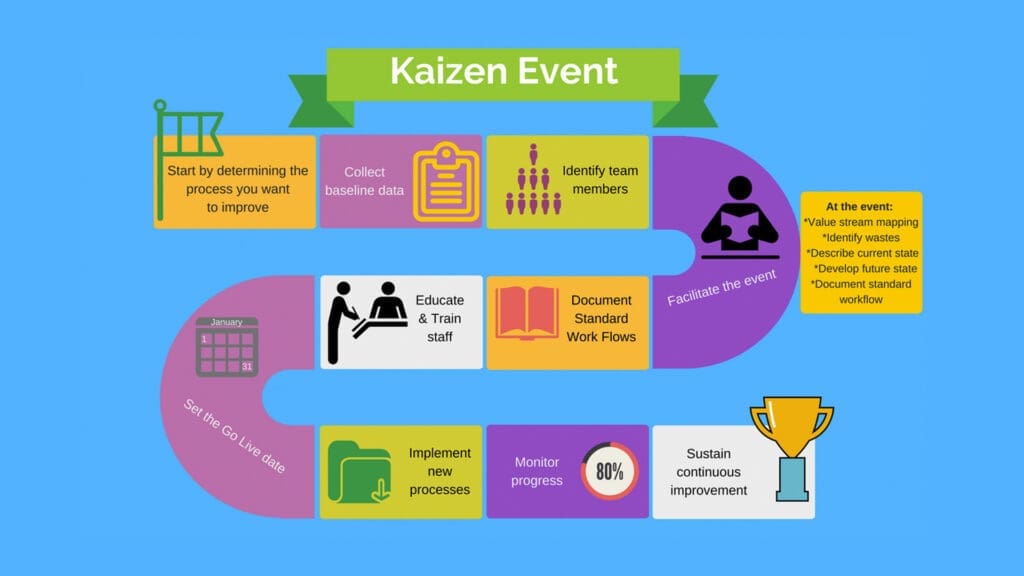
A successful Kaizen Event planning session can make a significant impact on quality and efficiency. Before you start planning your event, it is important to know exactly what you want to accomplish. Below are the steps to planning a successful kaizen.
Define the boundaries for the kaizen event. You should clearly define the purpose of your event and what you want to achieve. You also need to know the location and who will be involved.
Communicate the objectives to employees. Your employees should not be surprised by the Kaizen Event. Tell them why this event is being held and what employees can expect to learn from it.
Choose a team leader. It is important to choose a leader in your team who understands the importance of this event. This person will be a key manager in your company and will also be focused on positive change.
Measures to improve performance. It is important to know what improvements you are looking to make. You will need to establish measurements to measure your current performance to be able to compare it to the end of the event. You will need to plan a rough schedule for the event. This will help you ensure you have everything you need to complete any projects.
Play an active role in the Kaizen Event. The team leader will support and train the team during the event. They must also keep the employees engaged throughout the event. It will be difficult to implement changes after the event if there is no enthusiasm. Let the team have their ideas and suggestions for improvement.
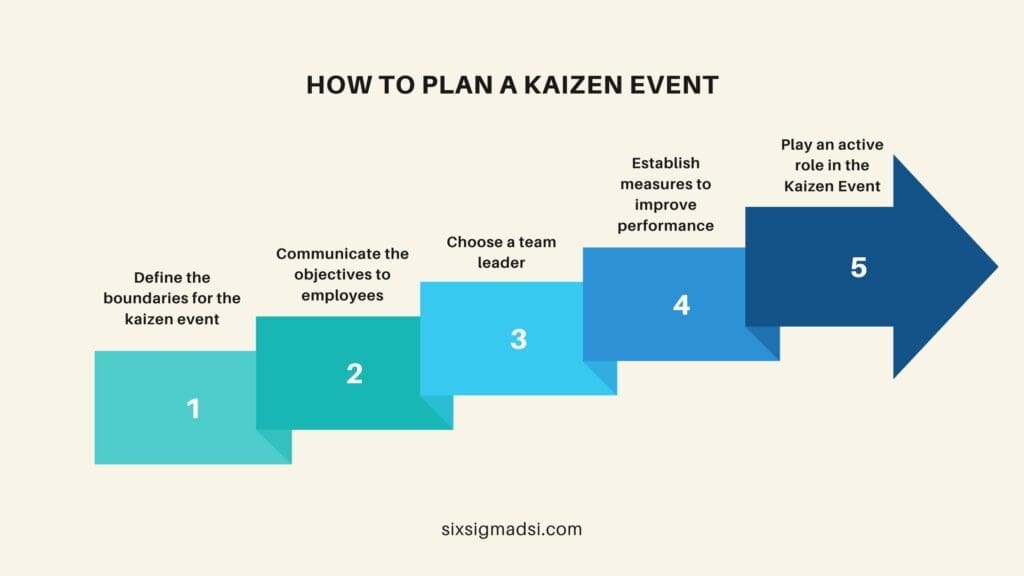
What Makes a Successful Kaizen Event?
Draw a map of the current state, and then document the desired state: It is important to fully understand the current process and how it works before any improvements can be made. Participants can use value stream mapping to visualize the current process flow. It is important to share the Voices of the Customer and other information about customer satisfaction. Once the process is agreed upon, it’s possible to move on to the next phase.
Discuss solutions and agree upon improvements to be implemented. No matter how long your Kaizen event lasts, always map the current state. Although it is tempting to jump right into the problem-solving phase of Kaizen, if you don’t have a clear understanding of the current and desired outcomes, you may end up with solutions that do not address the root cause of the problem. Next, identify the resources required to implement the changes that the group has chosen. The event’s executive sponsor needs to be updated and should help secure the support necessary to move forward.
Implement improvements. After the team has determined the changes they want to make and secured the resources needed, it is time to move. Changes are presented to all involved and then put in place.
Develop new Standard Work and measure the results. Once the improvements have been implemented, it is important to take the time to monitor and refine them before finalizing the process. To determine if improvement has occurred, the metrics that you have defined should be measured. Once you are happy with the process, create a new Standard document.
Operationalize Improvement. The process of operationalizing the change involves training the operators in the new Standard Work and then sharing the results with the leaders. Your organization should also document the lessons learned in its knowledge repository to improve for the next event.
Post-Event Follow-up: After the event, the work of maintaining the improvement goes on. You should establish a time frame for measuring the changes so you can evaluate them 30-60, 60, and 90 days after they are implemented. You should pay attention to how the new Standard Work has been implemented and when it is time to review the process to determine if there are any opportunities for improvement.
5-Day LEAN Kaizen Event Schedule Example
Historically, Kaizen Events are five consecutive days, although there can be shorter (more summarized) events for problems with a smaller scope of steps. The following is a typical five-day Kaizen Event schedule.
Day 1: Your event’s first day will begin with a kickoff. This will include an explanation of why this event is important. A training session on the wastes of LEAN, along with an assessment of the process and recommendations for improvement. This is the first day of the Kaizen Event. It’s about informing your employees and setting the scene for the second day.
Day 2: Day two usually focuses on data collection and documentation. This is called the day of process discovery. Tools like the process flow map, value stream map, and spaghetti map are used. Employees will find bottlenecks and determine the resources that are needed to complete their tasks.
Day 3: Employees will start brainstorming potential solutions to improve their work environment on day three. Employees will develop a plan to identify the timeline for both immediate and long-term improvement.
Day 4: The fourth day of the event will see employees focusing on the implementation phase of their plans. This day is about finding ways to implement the changes without causing any disruption to the operation. Quick wins should be implemented during the event. A 30-60-90 day plan is then developed to address the implementation plan for the remainder of the improvements,
Day 5: Employees report to the stakeholders on the last day of the event. Teams should provide an overview of their best practices and lessons learned. This information can be used for future kaizen events.

About Six Sigma Development Solutions, Inc.
Six Sigma Development Solutions, Inc. offers onsite, public, and virtual Lean Six Sigma certification training. We are an Accredited Training Organization by the IASSC (International Association of Six Sigma Certification). We offer Lean Six Sigma Green Belt, Black Belt, and Yellow Belt, as well as LEAN certifications.
Book a Call and Let us know how we can help meet your training needs.

